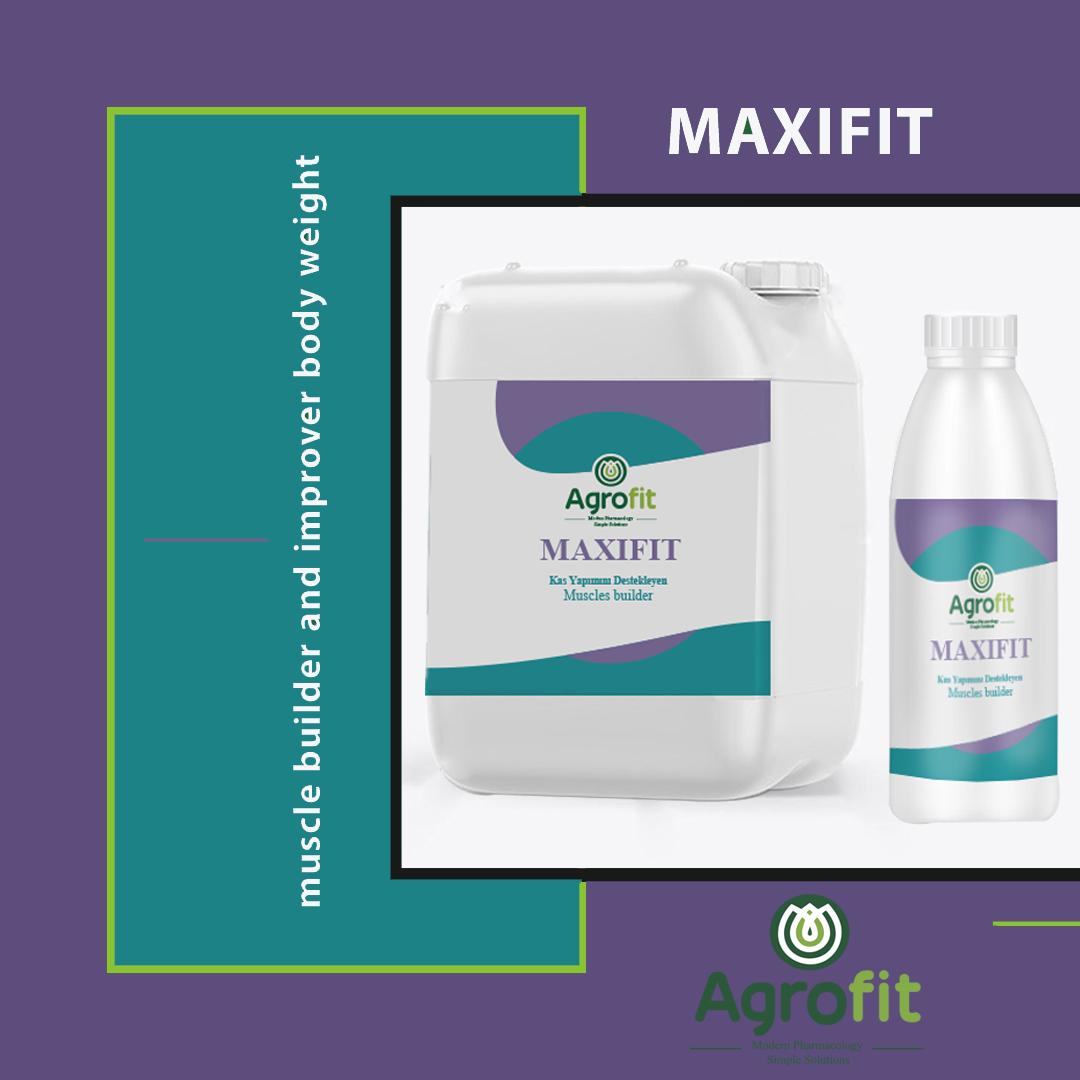
Muscle Builder and Improver Body Weight
The muscular system provides the mechanical activity for the animal in the form of mobility of the different parts of the skeleton or its appendages, the movement of materials along tubular organs such as the alimentary canal, air passages and blood vessels and the pumping of the blood through the circulatory system by the heart.
Muscle development cause:
- Genetic selection for rapid growth and body conformation
- More myofibers
- Diet nutritional
Problem:
- Predominant myopathies
- Lipid oxidation
- Lower the nutritional value
Solution:
- Feeding regimes for increased growth rate and increased muscle mass
- Initiation of oxidation and loss of quality in poultry by nutritional
- Supply the energy and respiratory oxygen demands of the muscles
- Using macro minerals and vitamins supplements in the diets
Vitamin E:
In long-term dietary, vitamin E supplementation leads to altered transcription of genes related to lipid metabolism via major signal transduction pathways involving some specific enzymes (protein kinase C and phosphatidylinositol 3-kinase), thereby potentially improving fatty acid synthesis and composition of body fat. Vitamin E has beneficial effects on lipid stability in muscle and meat quality due to its influence on the expression of genes related to lipid metabolism. One of the many ways to enrich meat in antioxidants is to include them into the animal diet. However, the level of an antioxidant should be adjusted to both animal demand and meat protection. Vitamin E protects meat lipids against oxidation, changed the histological parameters in the muscles and may, simultaneously, affect the organism by Vitamin E is broadly recognized for its positive effects on the meat quality and immune response, growth performance, particularly related to the magnitude of the vitamin E response accordingly to supplementation level practiced. Its deficiency is responsible for enlarged hocks, muscular weakness and chick disease. influencing the body weight of animals.
Selenium:
Selenium as the essential trace mineral is of fundamental importance to animal health. It is required for muscular functions, reproductive functions and development and immunity development and the deficiency can lead to muscular dystrophy and poor immune response. Birds receiving organic selenium in their diets had improved weight, breast yield and reduced drip loss and reduce FCR.
Vitamin D:
Vitamin D is best known for its role in regulating calcium homeostasis and in strengthening bone. However, it has become increasingly clear that it also has important beneficial effects beyond the skeleton, including muscle. Vitamin D status is positively associated with physical performance and inversely associated with risk of falling. Vitamin D supplementation has been shown to improve tests of muscle performance, reduce falls, and possibly impact on muscle fiber composition and morphology in vitamin D deficient older adults.
Its deficiency is associated with oxidative stress in skeletal muscle that influences the mitochondrial function and affects the development of skeletal muscle atrophy. Namely, vitamin D deficiency decreases oxygen consumption rate and induces disruption of mitochondrial function.
Vitamin B12:
Vitamin B12 is an essential part of several enzyme systems, with most reactions involving the transfer or synthesis of methyl groups. Although the most important function of vitamin B12 is in the metabolism of nucleic acids and proteins, it also functions in carbohydrate and fat metabolism.
In growing chickens, a deficiency of vitamin B12 results in reduced weight gain and feed intake, along with poor feathering and nervous disorders, laying hens initially appear to be able to maintain body weight and egg production, however, egg size is reduced. In breeders, hatchability can be markedly reduced, although several weeks may be needed for signs of deficiency to appear.
Most embryonic mortality due to vitamin B12 deficiency in hens occurs at about 17 days of incubation, with poor leg muscle development, hemorrhaging, dwarfing, shortened beak and edema. Moreover, Clinical signs characterizing the deficiency included poor appetite and growth, lacrimation, muscular
Lysine:
Amino acids (AA) requirements of broilers have been extensively studied, as well as factors that influence such requirements, such as sex, age, genetic strain, heat stress, dietary energy concentration and its interaction with crude protein level.
Lysine, one the key AA for protein synthesis and muscle deposition has also been demonstrated to be involved in the synthesis of cytokines, proliferation of lymphocytes and thus in the optimal functioning of immune system in response to infection. Lysine needed for optimizing breast meat yield may be higher than the amount needed for optimal body weight gain and feed efficiency. Breast meat yield was increased in broilers fed a diet containing increasing Lys levels from 1-14 days of age.
Feeding broilers high lysine diets increases carcass and breast percentages by 4.4% and 1.81%, respectively, compared with broilers fed low lysine diets. Diet formulation based on digestible amino acids levels in feedstuffs and high lysine dietary levels influence broiler carcass and breast percentage. The interaction between digestible amino acids and high lysine level allows the full expression of the genetic potential for growth of broilers.eakness, demyelination of peripheral nerves and emaciation.
Maxifit
Maxifit is used as muscle builder. The result of using Maxifit as a complementary feed in the diet leads to increased thight and breast meat mass, improved weight, developed immunity, deceased FCR and also can also have positive effects on meat quality.
